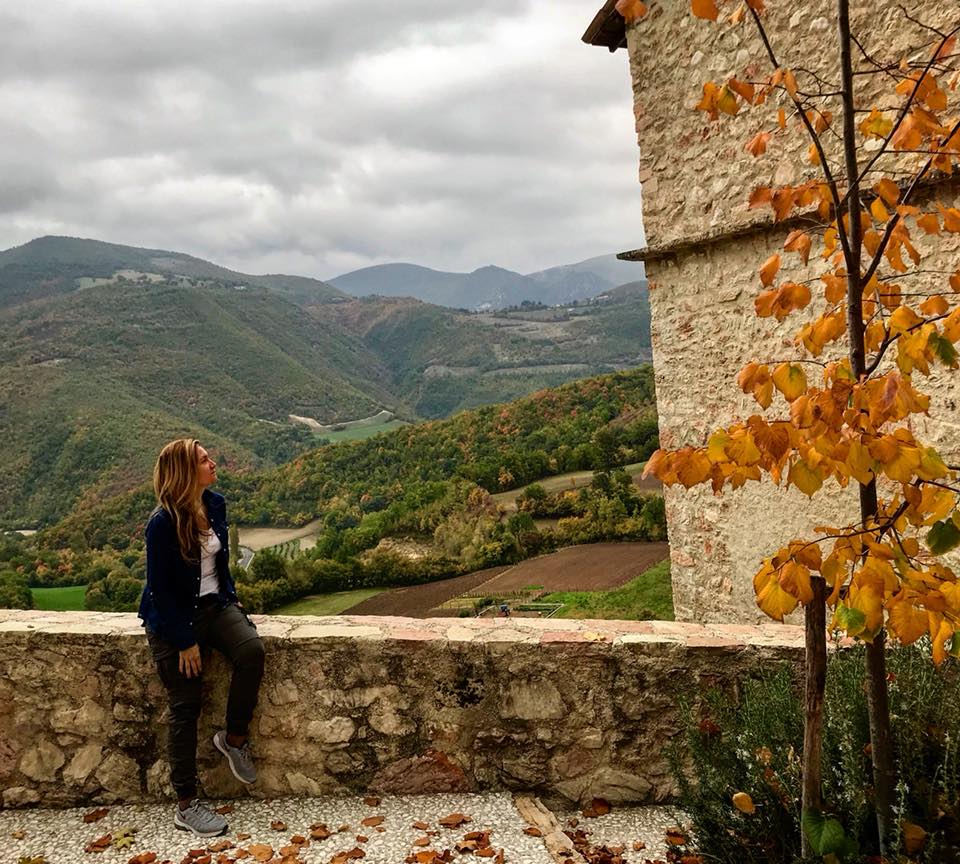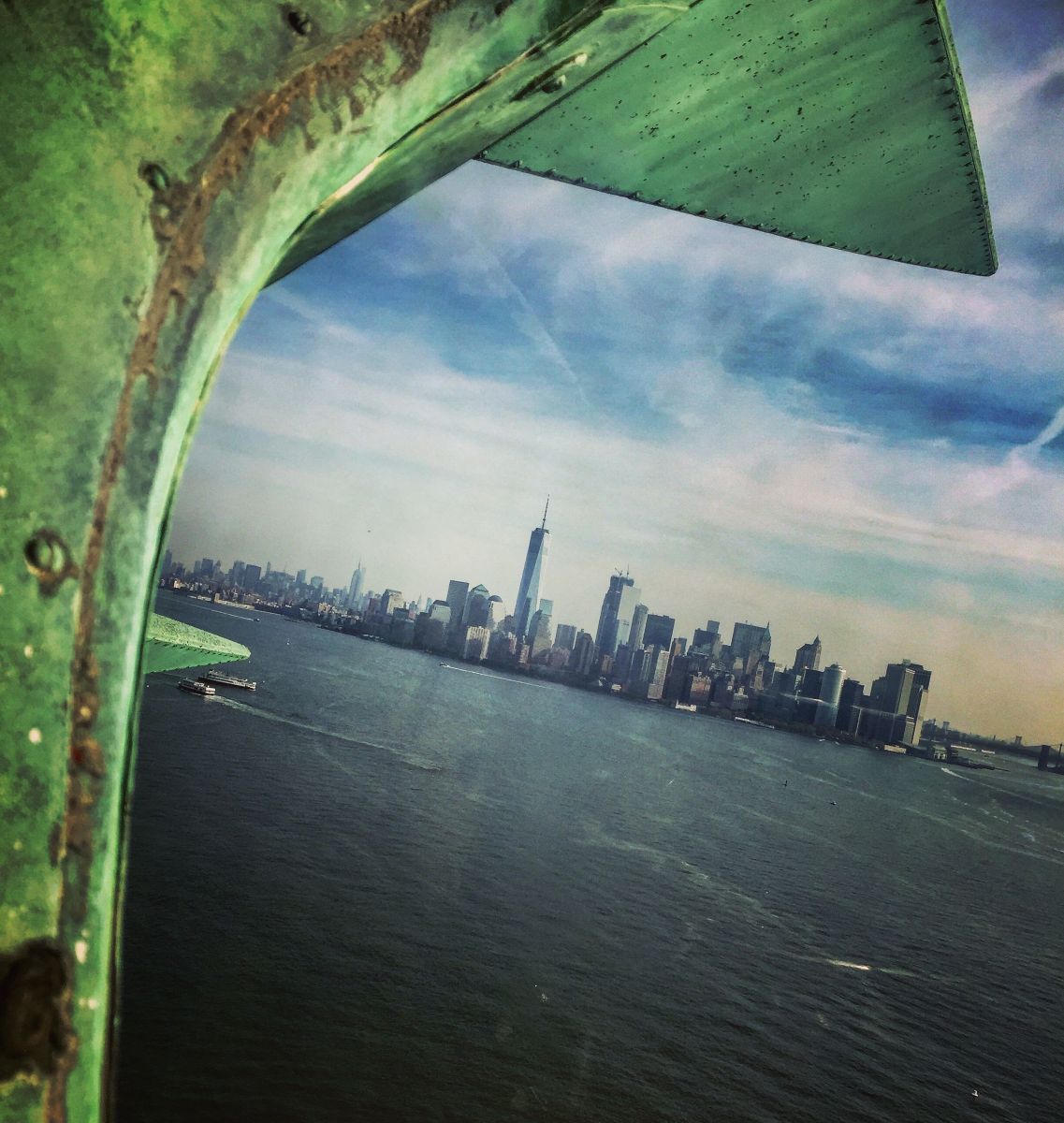


In Italian
It’s always extremely nice and stimulating writing – and so telling pushed by the desire to promote a fascinating and still too less known land – about the historic, cultural, traditional, landscape and even the gastronomic variety that a journey to Massachusetts can offer.
After the itineraries and the tips concerning the tour and the discovery of its most suggestive areas like the Greater Boston, the Plymouth Valley, the Greater Merrimack Valley and the Hampshire Valley, I come back with my mind and my travel notes into the charming region of the Berkshires to talk about a new and unusual itinerary through the places where two among the world literature masterpieces – Moby-Dick; or The Whale by Herman Melville and The Age of Innocence by Edith Wharton were created and written.
Try to imagine a bucolic landscape, green hills turning red amaranth and ochre yellow in Fall, country paths, farms, birches woods and cultivated fields…the stop-motion of a rural and authentic New England.
In the middle, some nice small towns like Stockbridge, Pittsfield and Lenox and their wonderful nineteenth century dwellings that over time became the shelter not only of the so-called “good” families mostly coming from Boston and New York, but also the Buen Retiro of artists, writers and poets attracted by the magnetic charm of a magic landscape, endless source of inspiration.
The Berkshires can be reached in about 3 hours by car from Boston.
The shortest way is the 90 Massachusetts Turnpike linking the capital to Stockbridge in a couple of hours – even if I have to admit that the MA2 detouring near Amherst on the US202 (from there an amazing series of secondary roads take to Pittsfield) is without any doubt the most scenic one.
About 4km far from Pittsfield town centre (the biggest town of the Berkshires, road and commercial interchange of the whole area) keep going along the Holmes Road parkway, on the right at Street number 780 you run into and old two stocks wooden house (with farm attached), neighbored by a luxuriant vegetation and at the back (where there’s the car parking) linked to a huge red wood shed in the past used as shelter for tools and farm animals, that today acts as an access to the entire building.
It’s Arrowhead, the house-museum of one among the most famous American writers, Herman Melville.
A simple house with a big central fireplace opened on both stocks so that all the rooms in the house can be heated by the same way. A series of objects and a good part of the furniture belonged to his family are original, as well many of his books and his precious collection of maritime prints.
It was right in the studio on the second floor that Melville wrote his most famous literary work – Moby-Dick; or The Whale – inspired not only from his adventurous and in traits dramatic experience as a sailor aboard the Acushnet whaler, but also from the particular view (right from the window in front of his writing desk – it is on view still today) of the barn fields – in Winter when they were snow-covered they looked like a boundless frozen sea, according to him – and of the Mount Greylock where he believed to sight in its outline the profile of a whale’s muzzle ready to make sight in that “white” sea.
The guided tour (you can book it directly on the official website) lasts little over an hour: it’s rich in anecdotes and details about the complicated and difficult Melville’s life (when he was alive he didn’t have too much fortune as a writer) and about the history of the house itself, whose first building it seems dating back to the end of the 1700s.
The museum is opened 7days a week May-September, precisely from the Memorial Day to the Columbus Day (during the Winter season only one weekly tour is scheduled, on Mondays at 10.30am) and it’s completely run by the Berkshire Historical Society, which deals with tours, exhibitions, preparations and paths through the park.
From Arrowhead keep going for about 10km always along Holmes Road, through the small town of Lenox and taking successively Kemble Street, you reach The Mount, the wonderful classic style residence of the female writer Edith Wharton, the author of The Age of Innocence: it’s the famous novel (which the movie with the same name by Martin Scorsese was based on) published in 1920 and thanks to which the following year Wharton was awarded with the Pulitzer Prize – first woman in history.
Actually, The Mount is more than a private residence: it’s a huge architectonic building divided among the enormous manor (you enter it by a fairytale parkway swallowed up by the vegetation), the amazing labyrinth of Italian gardens, some dependences, the stables and the warehouses.
The tour of the house and the gardens requires at least a couple of hours, but it’s definitely recommended both for who is fond of literature and for people who are fond of furniture, external architecture and gardens, inclinations Edith excelled at by the same way so that she is remembered in the United States as for The Age of Innocence and for The Decoration of Houses, a downright national manifesto about the art of internal design and the care of gardens.
All the rooms of the main dwelling are absolutely noteworthy: the very new kitchen, the baked clay and marble baths, the precious dining room opening on the balcony towards the gardens, without mention the library, as well as Edith’s private studio, where her original writing desk with some autographed pages of the Age of Innocence and several personal stuff are kept.
It’s difficult, passing through the several rooms of the mansion, not to think about the maniacal care of the description of a few of The Age of Innocence rooms, and about the figure of a woman, right Edith Wharton, free, well-read and emancipated who tries by her own way to tell about the complicated condition of the female universe between the late 1800s and the beginnings of the 1900s, which was forced by a series of impositions and bonds, mostly impossible to challenge.
·Almost an homage to its protagonist, Ellen Olenska, for her brave choice to come back being free rather the marginalization from her world than unhappy, enclosed in a golden and fictional cage.
The Mount is listed among the most haunted historical houses in the USA, and it was object of interest and analysis of numerous experts and famous theme TV programs.
In fact, it seems – among the many notices – that Wharton’s ghost – when she was alive she was very closed and sensitive to the paranormal world – moves undisturbed on the second floor of the manor – once those were her private rooms – and that a male character (it seems her husband, according to the descriptions) appears suddenly complaining about the confusion caused by the visitors.
On the official website it’s possible to book guided tours of the house and the gardens and also take part into one of the scheduled Ghost Tours.
The Mount is opened to the public from mid-May until mid-October. In the Winter season it is opened only for exceptional events or gala performances.